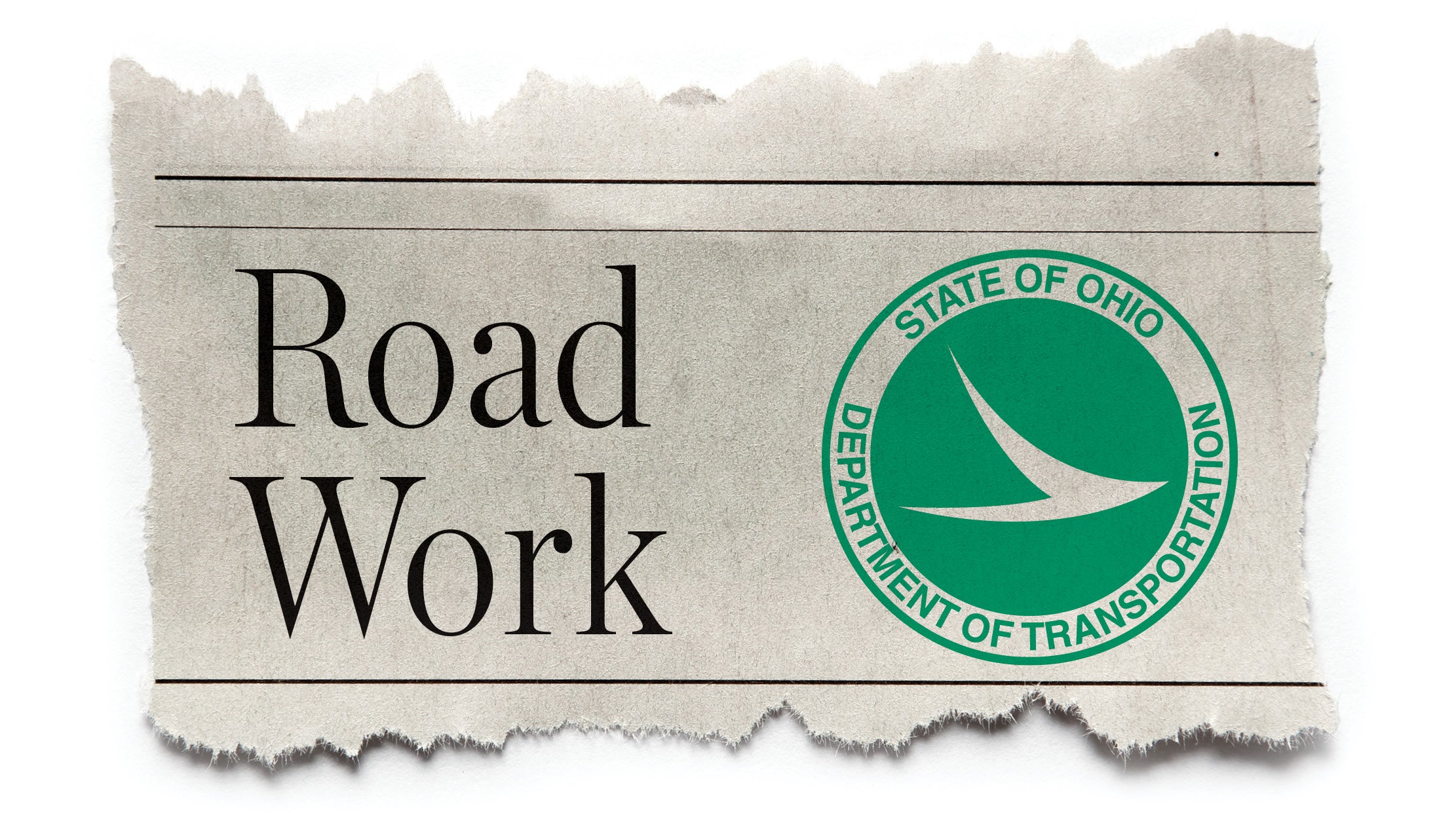Treatment drugs allow short-term success
Published 11:52 am Monday, March 20, 2017
Addiction, we have learned, can touch anyone — from a recreational user who gets in too deep, to someone using their medication as prescribed who finds themselves suffering from dependence.
But while pharmacology, the study of the way drugs interact with the body, can explain why people become addicted, can it also provide strategies for overcoming addiction? Can we use drugs to treat drug addiction?
The short answer is, yes. The more nuanced answer is, it depends; on the individual, the treatment program, and what drugs are used to address the problem.
One of the more well-known and popular drugs for treating addiction, both opiate addiction and alcoholism, is naltrexone. Better known under the brand names Vivitrol or Revia, naltrexone has shown success in treating alcoholism by reducing the amount and frequency of drinking. By taking the drug prior to drinking, it reduces the effects of alcohol because the opioid base of the drug actually blocks some of the positive effects of drinking, helping the person to curb their consumption.
Naltrexone is used similarly for opioid addiction. In fact, its original approval by the FDA in 1984 was to treat opioid addiction. But while it can block the effects of opioids, making use expensive and useless, it doesn’t do anything to address the craving that addiction brings. Nor does it help with the symptoms of withdrawal. Those users who are craving the feelings associated with opioids use can simply skip an oral dose of their naltrexone and achieve the feelings of intoxication that they crave from heroin, oxycodone, or other opioids.
Depot injections, or injections that are slowly released over time, are more effective at combatting opioid abuse than oral administration, because they remove the ability and temptation to skip a dose and get high. But use of naltrexone alone, without a counseling program that addresses the underlying root causes of addiction and abuse, may not be effective.
It also shouldn’t be used by anyone who has used opioids within the last week to 10 days, as it may kick them into withdrawal when it displaces opioids from their receptors in the brain, depending on the half-life of the drug in their system. Therefore, it is not effective for those currently in active addiction and looking to step down from their usage.
Another problem, though a rare one, is overdose related to naltrexone use. In these cases, a user who is on naltrexone attempts to override the drug with large doses of opiates. While it may be effective, and give the user the high they desire, it can also easily lead to overdose. This is why counseling and confronting the underlying causes of addiction are so important in any treatment program.
This brings us to another opioid blocker that has gotten a lot of attention lately, naloxone, often sold under the brand name Narcan. Naloxone is used especially in overdose cases, where it blocks the opioid receptors in the brain and brings the overdose victim out of their stupor. In fact, naloxone is so effective at binding with and replacing these substances in the brain, that the drug has even been shown in some studies to block the natural occurring pain-blocking endorphins. Even in placebo studies, naloxone has been shown to effectively reduce the effects of pain relief that these naturally occurring endorphins can provide.
While naloxone has undoubtedly saved lives, it also often forces recipients into violent withdrawal when it takes effect. There are anecdotal stories of overdose victims coming up swinging their fists, angry that their high has been taken from them. What is much more likely to occur, however, are the feelings of intense nausea and sickness, sweating, and heart palpitations that are associated with opioid withdrawal.
While it is useful in blocking opioids by competing with them for space on the nervous system’s receptors where opioids attach, it isn’t as useful for long-term blocking of opioids like naltrexone. It isn’t absorbed well orally, meaning that it has to be injected intravenously, in the muscle for slowing release, or via the mucous membranes of the nose through nasal administration to be effective.
While this makes it less useful than naltrexone for therapeutic blocking of opioid receptors, it does make it useful in preventing the abuse of certain opioid drugs intended for oral use. Buprenorphine, for example, is combined with naloxone in the name brand drug Suboxone. In Suboxone, which is administered as an oral film or tablet that dissolves in the user’s mouth, the buprenorphine is absorbed and prevents withdrawal symptoms while the naloxone prevents users from dissolving and injecting the drug to receive a more intense high from the included opioid buprenorphine.
One of the patients in the S.T.E.P.S. of Recovery program, a long-time addict who asked to be known by the pseudonym Phil, explained that he had seen others attempt to inject Suboxone, only to immediately have the included naloxone take effect and make them sick.
Phil, who is nearing the end of an 18-month step-down program, removed a 2 milligram Suboxone strip from his wallet and opened it to illustrate what the small strip, which resembled a fresh-breath strip, looked like.
Buprenorphine is an opioid, and it can produce the feelings of a mild “high” in users, but not at the levels that other prescription opioids can. This, explained S.T.E.P.S. of Recovery’s Dr. Nicholas Landry, is one of the reasons it is effective in helping users step-down their use, but only in conjunction with counseling to help address those underlying causes of addiction.
Buprenorphine is more useful for those in active addiction that naltrexone, he explained, because it does address the feelings of sickness that withdrawal can bring, while naltrexone can actually make those feelings worse.
The downside is that, unlike naltrexone, it doesn’t block the effects of other opiates. So patients can be in a Suboxone program and cheat. This is why drug screenings are a standard part of any Suboxone program, in addition to counseling and stepping down dosage over time. Because some patients will sell their Suboxone prescription to purchase their desired street drugs, random counts of prescriptions may also be conducted.
Landry explained that he starts patients at 16 milligrams of the drug, because that is the maximum amount that can be usefully absorbed. If any more than that is administered, it is not absorbed by the brain. Patients in his program then step down their dosage over time, as they become more confident in their abilities to function without the crutch of opioids.
But, like with any drug treatment program, replacing the drug of abuse with another drug is not an effective, long-term strategy. Even with a step-down of dosage over time, users need to be ready psychologically to give up the drug, and that requires counseling.
Next week we will take a look at the psychology of addiction, treatment, and recovery, as our series continues.




